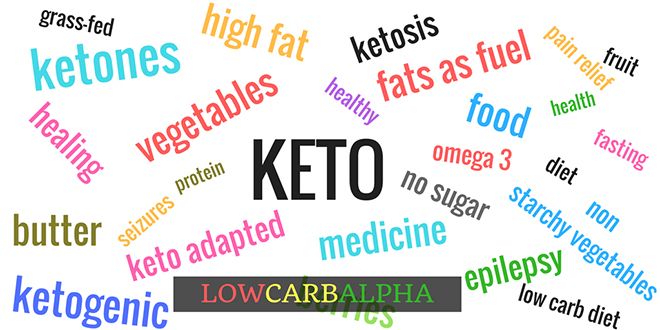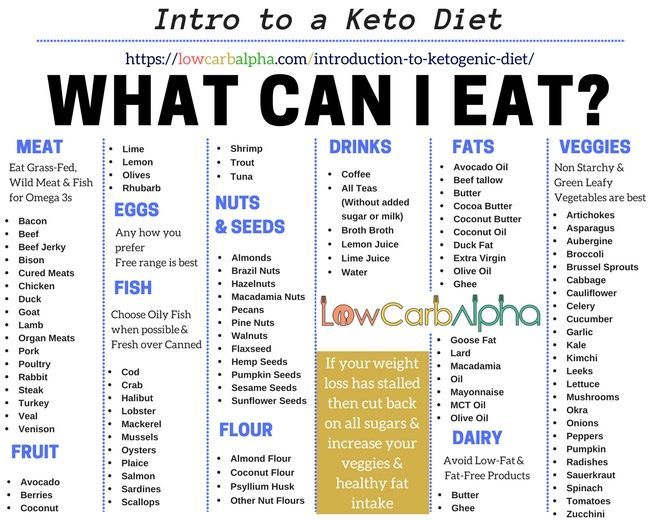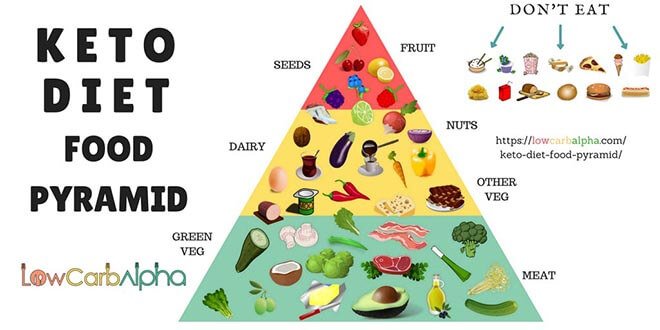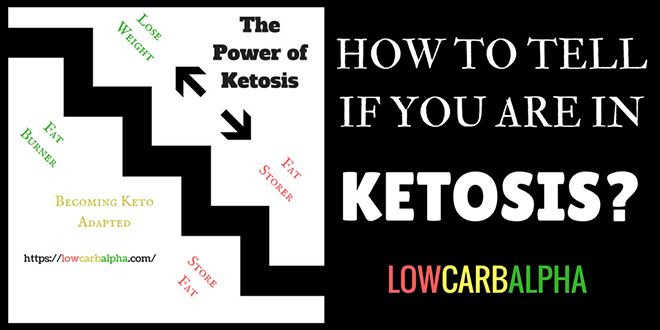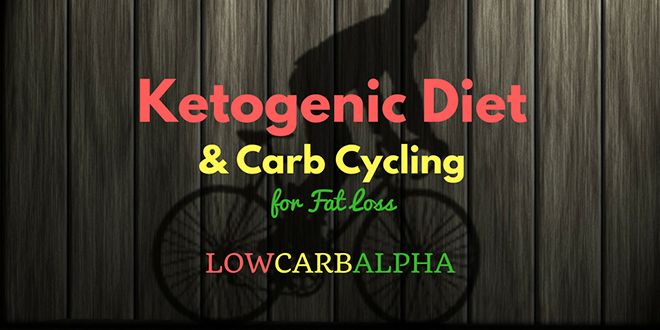Fat-adaptation on a ketogenic diet can be a long process.
It can happen over many weeks when the body switches from using carbs to fat for energy.
Becoming keto-adapted relates to the body’s ability to adjust to using ketones and fatty acids rather than glucose as its primary energy source.
When you are fat-adapted, it can also have a significant effect on the ability to lose weight efficiently.
You will eat more healthy foods to aid the production of fat burning and using ketones for fuel.
There is no one answer, and everyone differs in how the body responds throughout this ketogenic diet adaptation period.
We will discuss how to shift your body into a state of ketosis, your body’s primary energy source, and keto-adaptation for weight loss.

What is Keto-Adaptation?
Keto-adaptation is merely the means of changing your body’s metabolism.
Your body does not know that ketones have the potential to be your first fuel.
It instead always relies on glucose for fuel to power you through the day. The process of ketosis changes the mechanism to burning fats for energy.
Over a period, our body begins generating ketones to use as an important source of fuel. Fat adaptation is your body’s way of learning to use fat as fuel.
The brain and other organs in the body metabolize fat and utilize ketones the same way it does with glucose.
There are numerous benefits of being in ketosis and using ketones by preference.
Some benefits include improved memory function in older adults, Alzheimer’s disease prevention, obesity treatment, epilepsy treatment in children.(1)(2)
However, switching to ketones does not happen overnight. With ketones production, your body needs time to adapt to the change.

Signs Of Being Fat Adapted
The process can begin within a few days, but signs of keto-adaptation will occur over a much longer duration.
For myself, I have a few signs of being keto-adapted. The main positive is I can focus on everyday things such as reading and write for many hours at a time.
Cutting out glucose and stopping snacking on sugary foods (even fruit) avoids the inevitable blood sugar spikes and dips.
By running on ketones, I seem to have a mild calming effect. Avoiding sugar gives your hormones more balance. Things which may generally bother you, fade away seamlessly.
With less sugar craving comes less eating. If you want to know how to suppress hunger without eating, then being in a state of ketosis is super helpful.
I typically do not eat breakfast and can have the first meal many hours after waking. For me, coupled with intermittent fasting heightens the effects of ketosis and skipping breakfast is painlessly easy.
The effects for one person will not necessarily be the same as someone else. Everyone has unique body chemistry and reacts differently to food and lifestyle change.
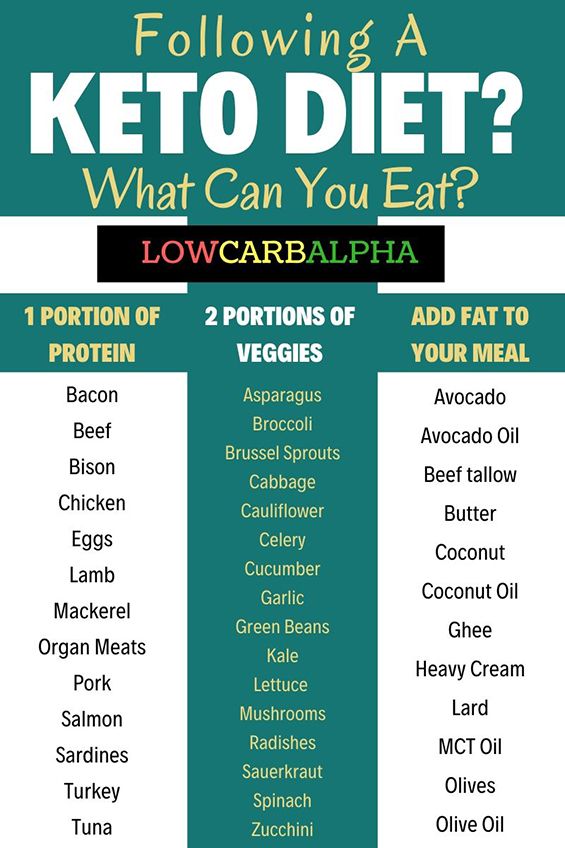
Fat-Adaption and Energy
When adapting to a ketogenic diet, it’s okay to feel a touch more tired and sluggish.
You may have a harder time exercising or working out as the body is adapting to a high fat low-carb lifestyle.
The body takes a few weeks to get used to a high-fat diet and shift into a state of ketosis to burn ketones for energy.
When becoming keto-adapted, your energy levels revert to normal and possibly more than they did on a high-carb diet.
See our keto food pyramid for a quick check for what to eat for keto-adaptation.
Over time your hormone levels alter, you have less glycogen in the liver and muscles, and less water weight in the body.
Your body has the ability to exercise efficiently and perform everyday tasks with ease.
When you’re on a fat adapted diet plan, it improves insulin resistance and is a natural remedy for weight loss.(3)

Switching from a High Carb Diet to Keto
The brain and major organs can adapt well to using ketones on a high-fat ketogenic diet despite the belief that it can only use carbohydrates.
The main goal of a high diet is to reach a state of ketosis and stay there. It’s a normal and healthy metabolic state to break down fat for ketone fuel.
Ketosis occurs after fasting, or with a typical low carb diet.
Also, several studies have shown that seizures can be reduced or prevented using the ketogenic diet.(4)
To have any chance of becoming fat-adapted, you must change everything you know about typical healthy eating. Your food choices must reflect that you are on a ketogenic diet with a healthy meal plan.
Electrolytes and Ketosis
Carb restriction requires additional mineral intake, such as potassium, magnesium, and sodium. Make sure to balance your electrolytes, and you get enough calories to reduce the symptoms of keto flu.
Your body slowly adjusts to new foods on a LCHF diet.
If during the adaptation period you experience the ketosis flu, then rest assured the symptoms will be brief and usually pass after a week or so.
When you make sure you are getting enough sodium, it can also help with symptoms of migraines, headaches, cramps, and lethargicness on a ketogenic diet.
Take the time to replace sodium and hydrate as much as possible.
If you struggle to meet the required high levels of minerals on a ketogenic diet, consider supplementing with powder or capsules to prevent tiredness and fatigue.
Stick to whole natural food whenever possible. Supplements may not be your thing. If that is the case, be sure to consume mineral-rich food such as bone broth for numerous health benefits.
Drinking bone broth will only aid your keto-adaption and give support for losing weight.

How to Speed Up Keto-Adaptation?
Switching to keto is not just a flip of the switch. Becoming fat-adapted will take as long as the body needs to adapt. There isn’t a specific period; everyone adjusts at different rates.
The best way of checking if you are in ketosis is by monitoring blood ketone levels. By measuring your keto-adaptation with a blood ketone meter, you get the most accurate reading.
The more you move the move glycogen, you will burn away. Vigorous exercises such as weight lifting or distance running are great for depleting excess carbs in your system.
It is also important not to overdo exercise and sometimes practice gentle movements such as long walks, gardening, and housework. Too much training stresses the body and will inhibit ketosis through high cortisol levels.
If you want to improve health and wellness, it will not make a difference what diet you follow if you do not get enough sleep.
Similarly, a lack of sleep hinders ketosis by increased cortisol production, thus raising your blood sugar.

Conclusion
Diet is crucial for success, whether you are a low carb or keto dieter. You must restrict carbs to a minimum on both while increasing fats considerably for the latter.
If new to a high-fat lifestyle, consider writing down everything you eat and calculating macronutrients accordingly.
You may be surprised by the number of grams of proteins and sugars are in everyday healthy foods.
The bottom line is you must eat a considerable amount of fatty foods for your body to learn to burn the fats for fuel.
The more fats and oils you eat, such as coconut or MCT oil, the faster your body will become fat adapted.
Hopefully, you have a better understanding of the difference between ketosis, fat-adapted, and losing weight in ketosis.
What has helped you switching to a low carb or keto lifestyle and how long does it take you to become fat-adapted?

